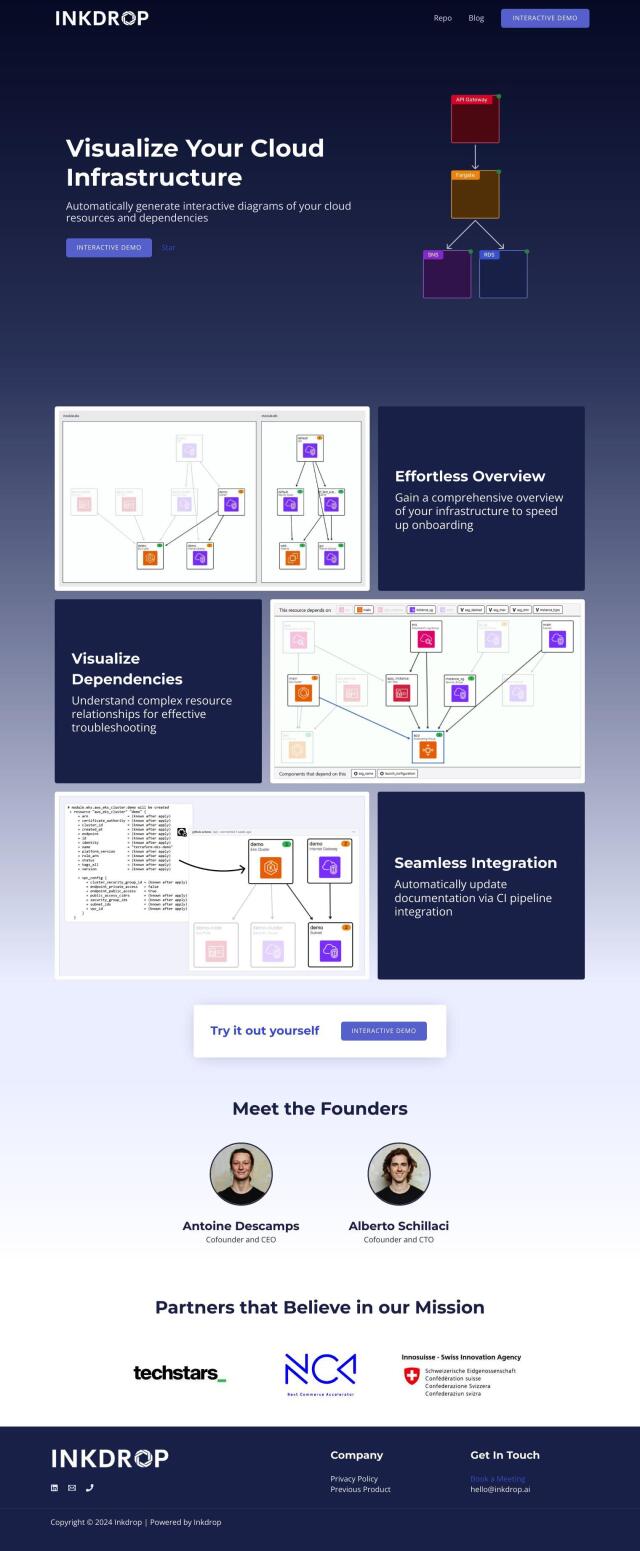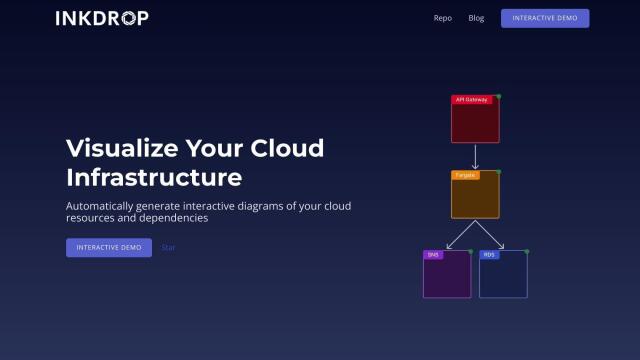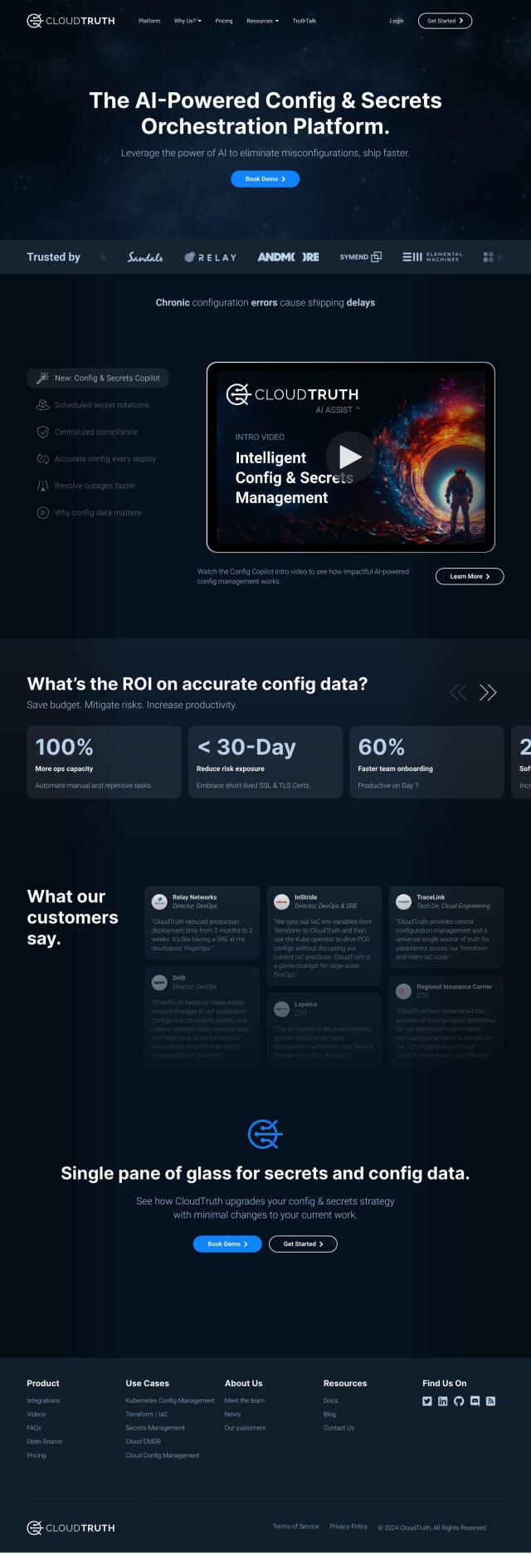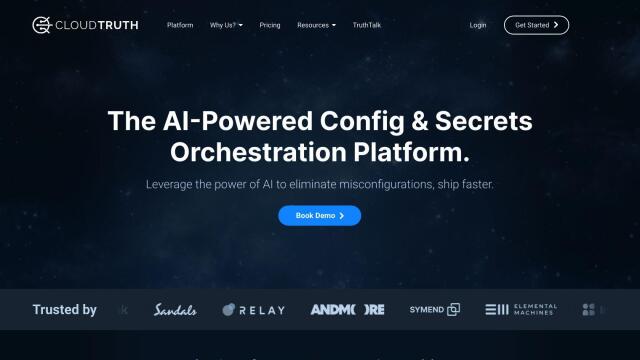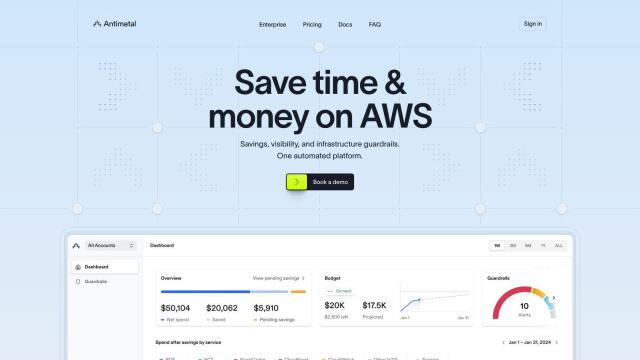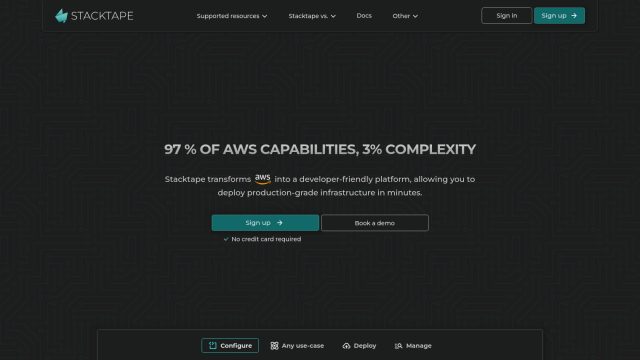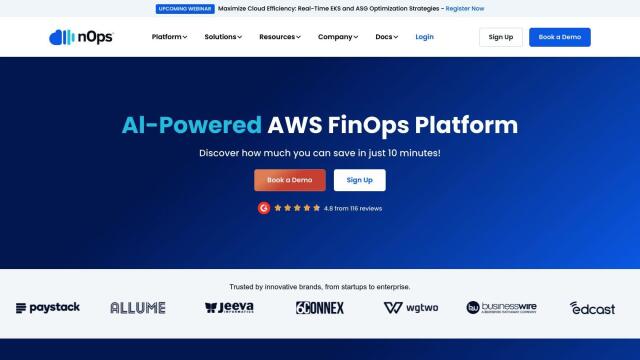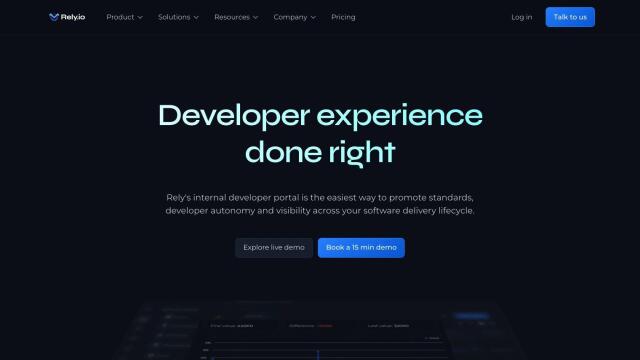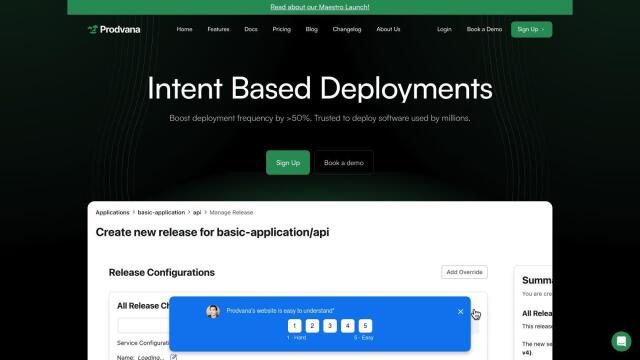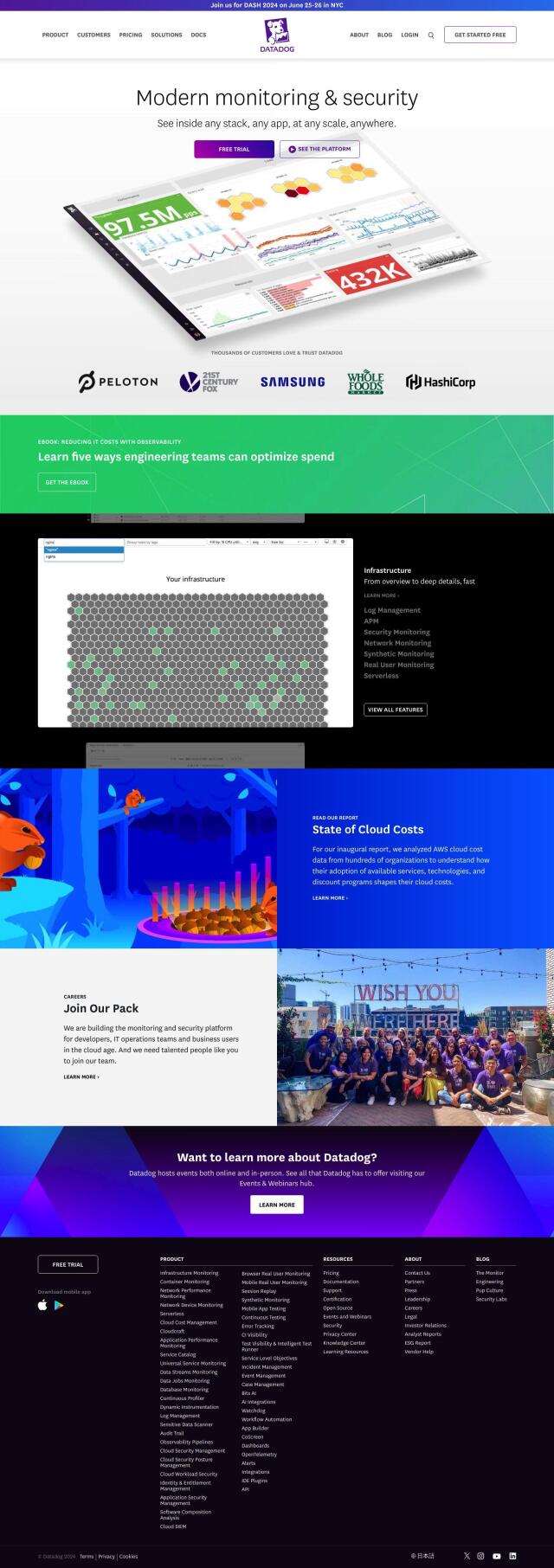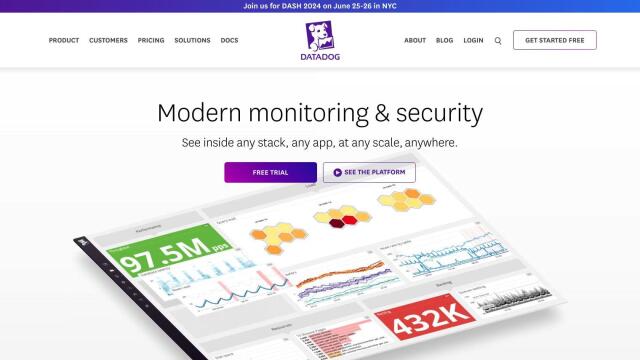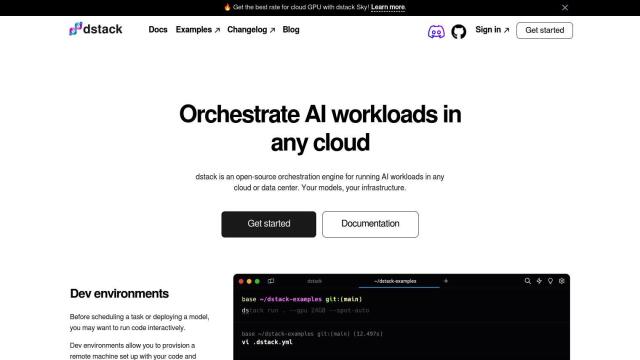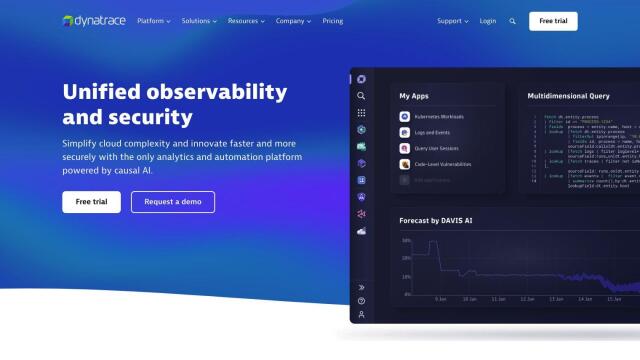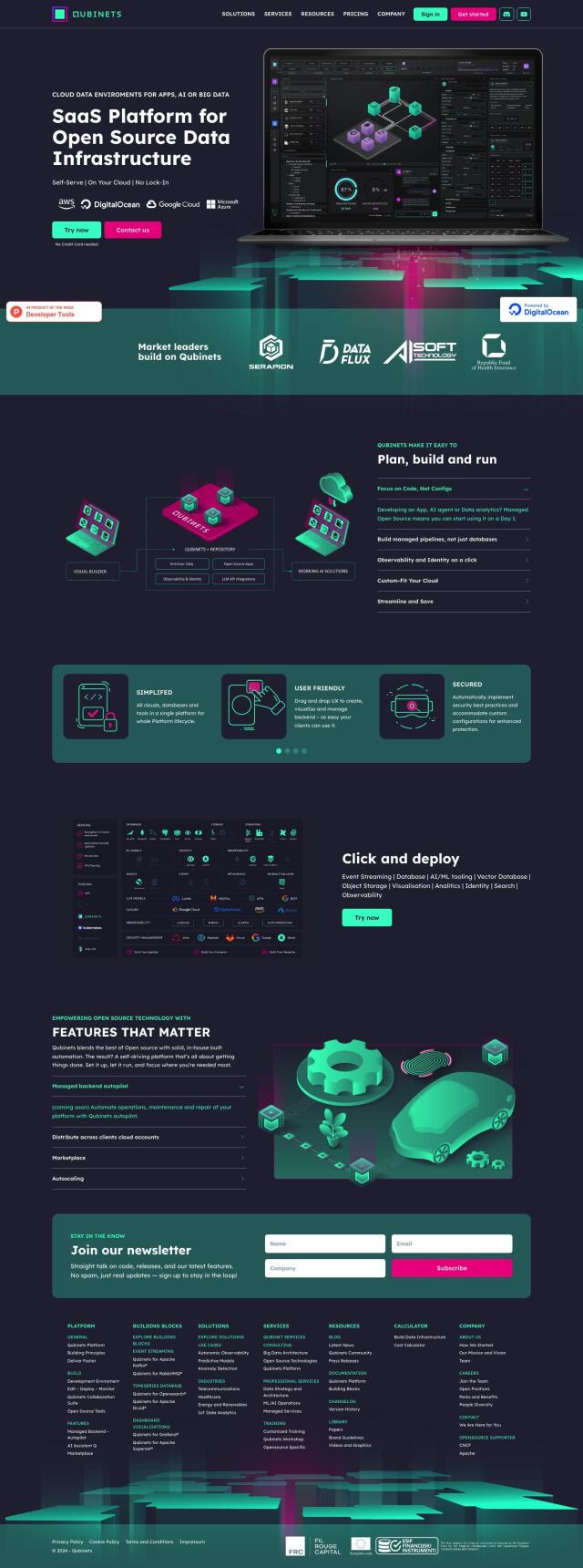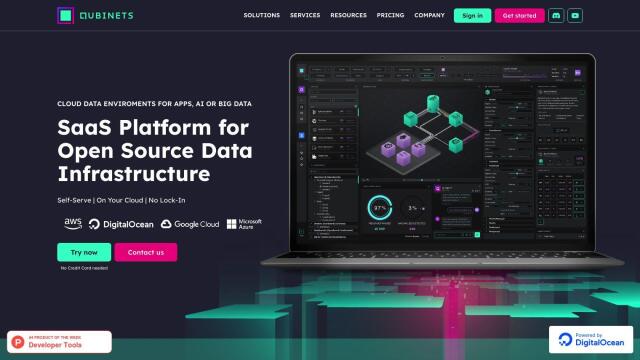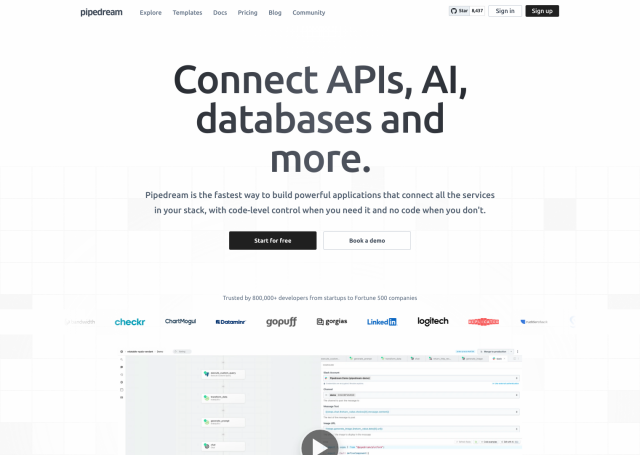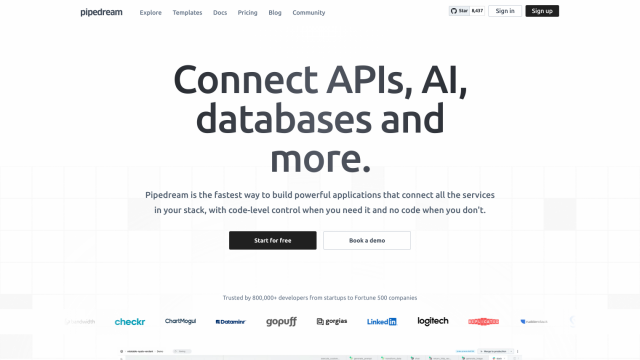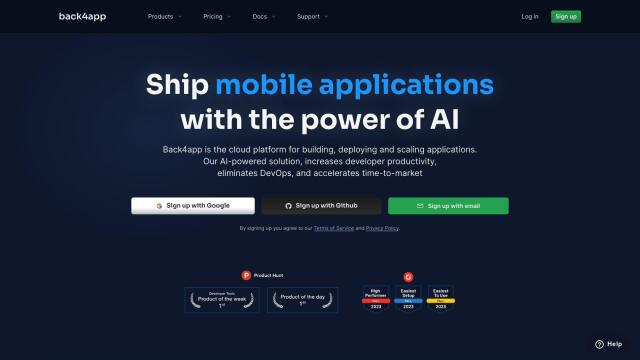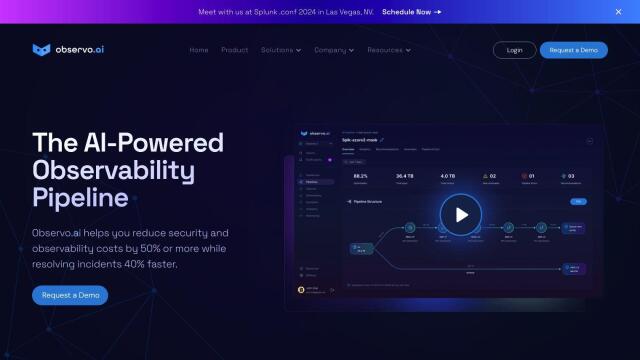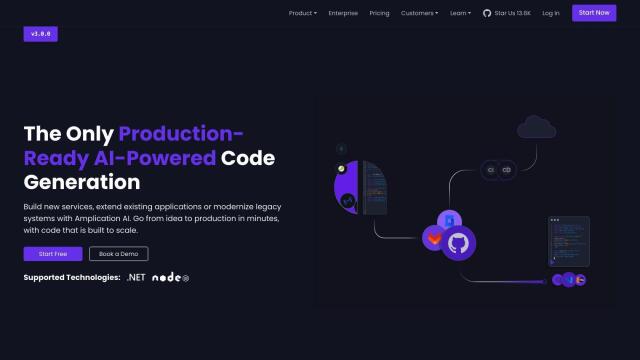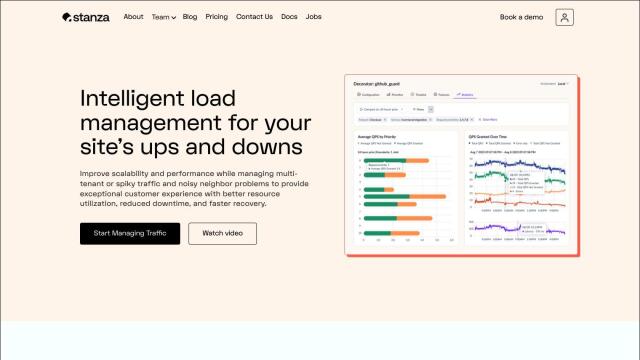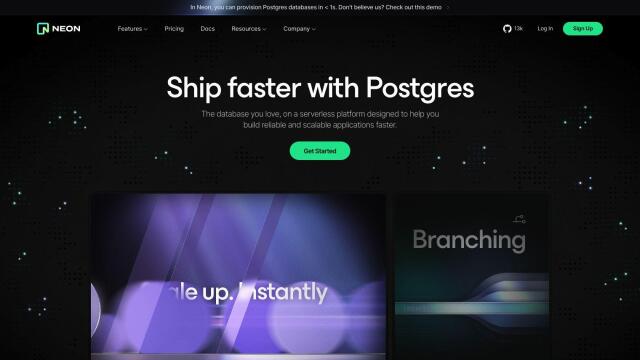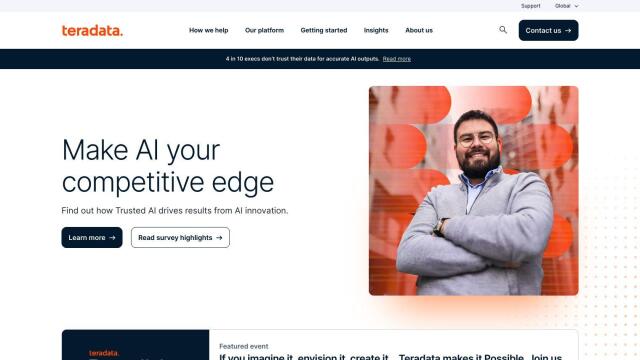Question: I need a tool to help me manage my public cloud operations and avoid common Terraform problems.

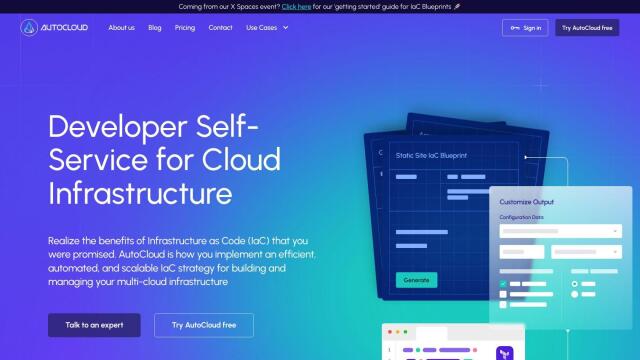
AutoCloud
If you're looking for a way to oversee your public cloud setup and steer clear of Terraform pitfalls, AutoCloud is a good choice. It offers immediate visibility into your public cloud setup through features like visualizations, change tracking and a GraphQL programming interface. It also can help with slow delivery, overspending, security vulnerabilities and scaling problems with its four-step process of linking cloud accounts, generating missing code, creating reusable blueprints and generating production-ready Terraform code. The service is designed to be accessible to nontechnical people, too.

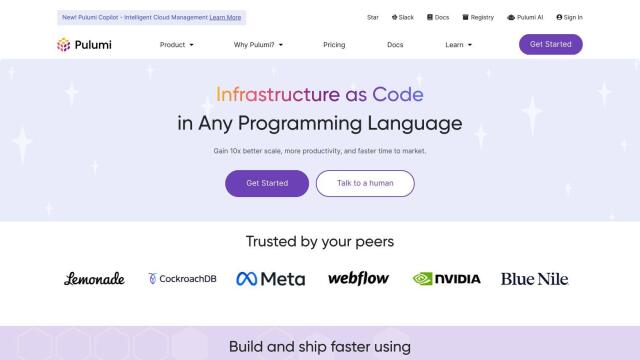
Pulumi
Another good option is Pulumi, an open-source IaC SDK that lets programmers build and manage infrastructure across multiple clouds using languages they already know. It includes a code engine for shared infrastructure management, AI-generated code and policy-as-code. Pulumi integrates with existing software delivery pipelines and includes tools to convert from other IaC systems, so it's a good choice for boosting productivity and scalability in infrastructure operations.

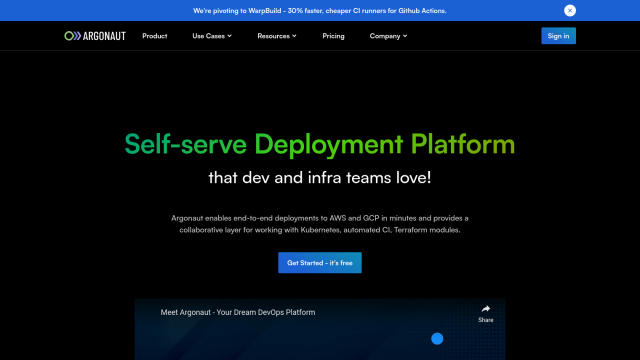
Argonaut
If you prefer an automation-first approach, check out Argonaut. The service automates infrastructure and application deployment, making it easier to manage cloud resources and reducing the likelihood of human error. It can handle multi-cloud environments, shared infrastructure management and different deployment workflows. Argonaut is good for accelerating app deployment, reducing costs and improving DevOps team and application developer collaboration.

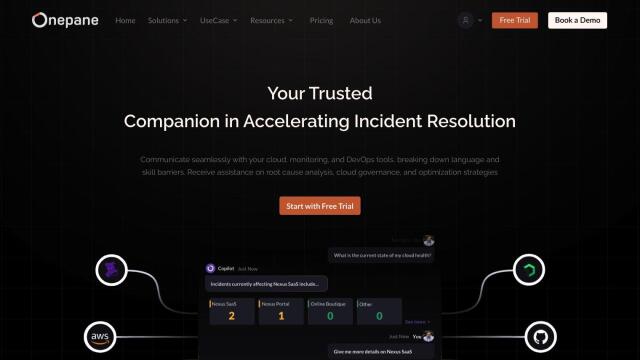
Onepane
Last, OnePane can help you get a better handle on your cloud infrastructure. It offers real-time monitoring, automated root cause analysis and performance insights. By making complex IT operations more understandable, OnePane helps improve communication among teams and cloud tools so you can better handle incidents and keep a better handle on your cloud resources.
